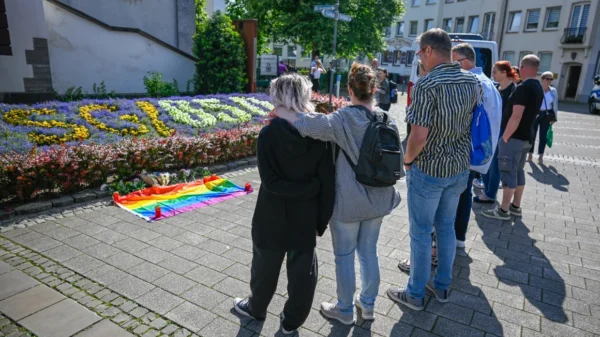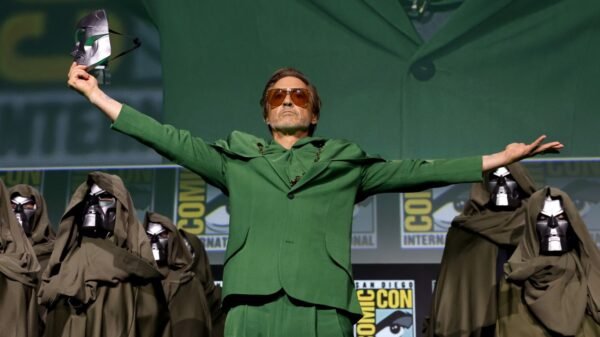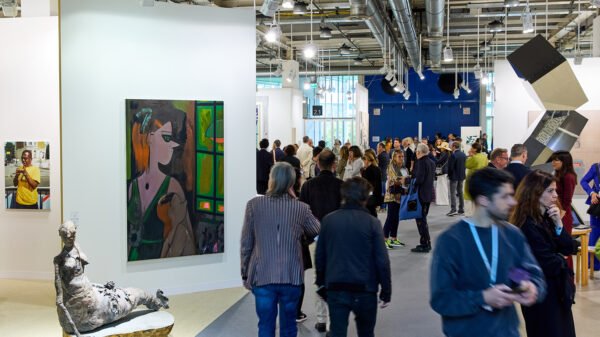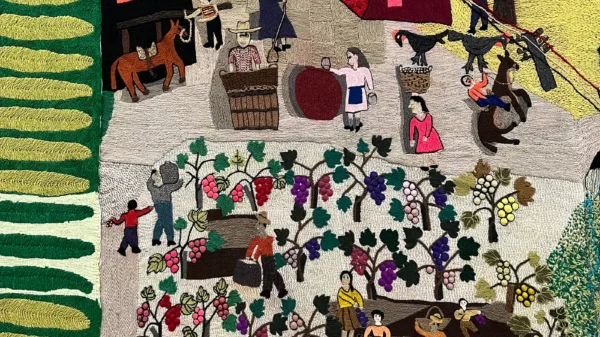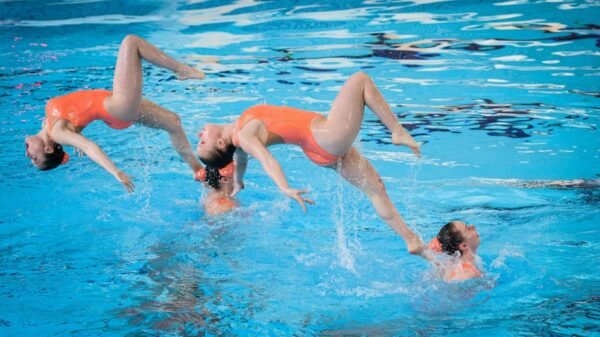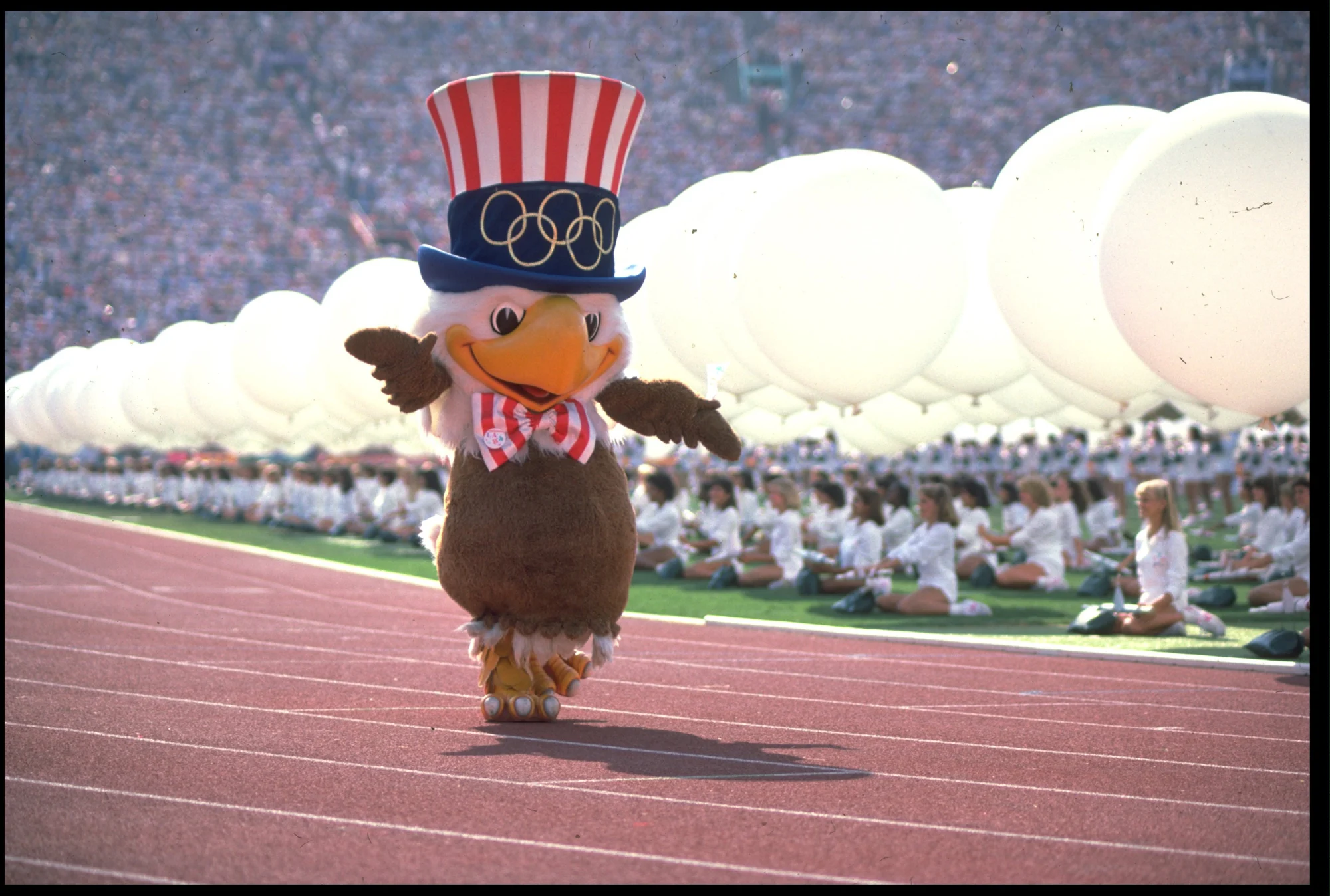The Origins and Evolution of Olympic Mascots
The concept of Olympic mascots began to take shape with the introduction of Waldi, the first official mascot at the 1972 Munich Games. This colorful dachshund set the precedent for future mascots, encapsulating the spirit of the event and embodying the cultural essence of the host city. Since then, Olympic mascots have undergone significant evolution, mirroring shifts in cultural significance, design trends, and technological advancements.
In the early years, mascots were primarily simple, animal-based characters that conveyed a sense of friendliness and approachability. As time progressed, the complexity of mascot designs increased, incorporating more intricate symbolism and narratives. Sam the Eagle, the mascot for the 1984 Los Angeles Olympics, is a prime example of this evolution. Not only did Sam embody American patriotism, but he also became an iconic figure, resonating with audiences worldwide and leaving a lasting legacy.
The criteria and process for selecting and designing an Olympic mascot are meticulous, reflecting the host city’s culture, heritage, and values. A successful mascot must be relatable and memorable, often resulting in extensive public and artistic input. The design process typically involves multiple stages of concept development, public consultation, and rigorous testing to ensure that the final character resonates with both local and international audiences.
Digital advancements have also influenced the evolution of Olympic mascots. The Beijing 2008 Olympics introduced digital mascots, leveraging technology to enhance engagement through interactive experiences. These digital mascots allowed for innovative storytelling and increased accessibility, appealing to a tech-savvy audience and expanding their reach beyond traditional media.
However, not all mascots have been met with universal acclaim. Some have sparked controversy due to their design or perceived lack of connection to the host city’s culture. For instance, Wenlock and Mandeville, the mascots for the London 2012 Olympics, received mixed reactions for their unconventional appearance. Despite this, they effectively symbolized the modern and inclusive spirit of the Games, demonstrating the diverse reception mascots can receive from the public and media.
Overall, Olympic mascots have become integral to the Games’ identity, each leaving a unique imprint on the event’s history. Their evolution reflects broader cultural trends and technological progress, underscoring their role in connecting the global audience with the Olympic spirit.
The Role of Mascots in Promoting Olympic Spirit and Culture
Olympic mascots play a pivotal role in fostering the Olympic spirit and promoting the cultural identity of the host city. Serving as ambassadors of the games, these mascots engage with audiences through a variety of media channels and public appearances, embodying the values and traditions of both the host city and the Olympic movement. Their presence extends beyond mere symbols; they become integral to the narrative of the Olympics, enriching the event’s cultural fabric and enhancing its global appeal.
From their inception, Olympic mascots have been designed to capture the essence of their host cities, often representing local fauna, folklore, or historical figures. For instance, Sam the Eagle, the mascot for the 1984 Los Angeles Olympics, epitomized American patriotism and the spirit of the city. Similarly, Wenlock and Mandeville, mascots for the 2012 London Olympics, were inspired by Britain’s rich industrial history and the modern Olympic Games’ legacy. These mascots not only captivated local audiences but also resonated with a global audience, fostering a sense of unity and shared excitement.
The commercial and marketing aspects of Olympic mascots are significant. Mascots are often at the heart of merchandise, branding, and sponsorship opportunities. They appear on a myriad of products, from toys and apparel to household items, driving revenue and extending the reach of the Olympic brand. Their presence in advertising campaigns and social media further amplifies their impact, making them ubiquitous figures during the Olympic season.
Moreover, mascots contribute to the overall experience of the Olympic Games, both during the event and in the years leading up to it. They engage with fans at public events, schools, and community activities, building anticipation and promoting the Olympic values of excellence, friendship, and respect. This engagement helps to cultivate a deeper connection between the audience and the Olympic Games, enhancing the sense of participation and belonging.
In essence, Olympic mascots are much more than charming characters; they are vital components of the Olympic narrative, bridging the gap between the games and the audience, and celebrating the unique cultural heritage of each host city. Their role in promoting the Olympic spirit and culture is indispensable, making them enduring symbols of the unity and diversity that the Olympics represent.




